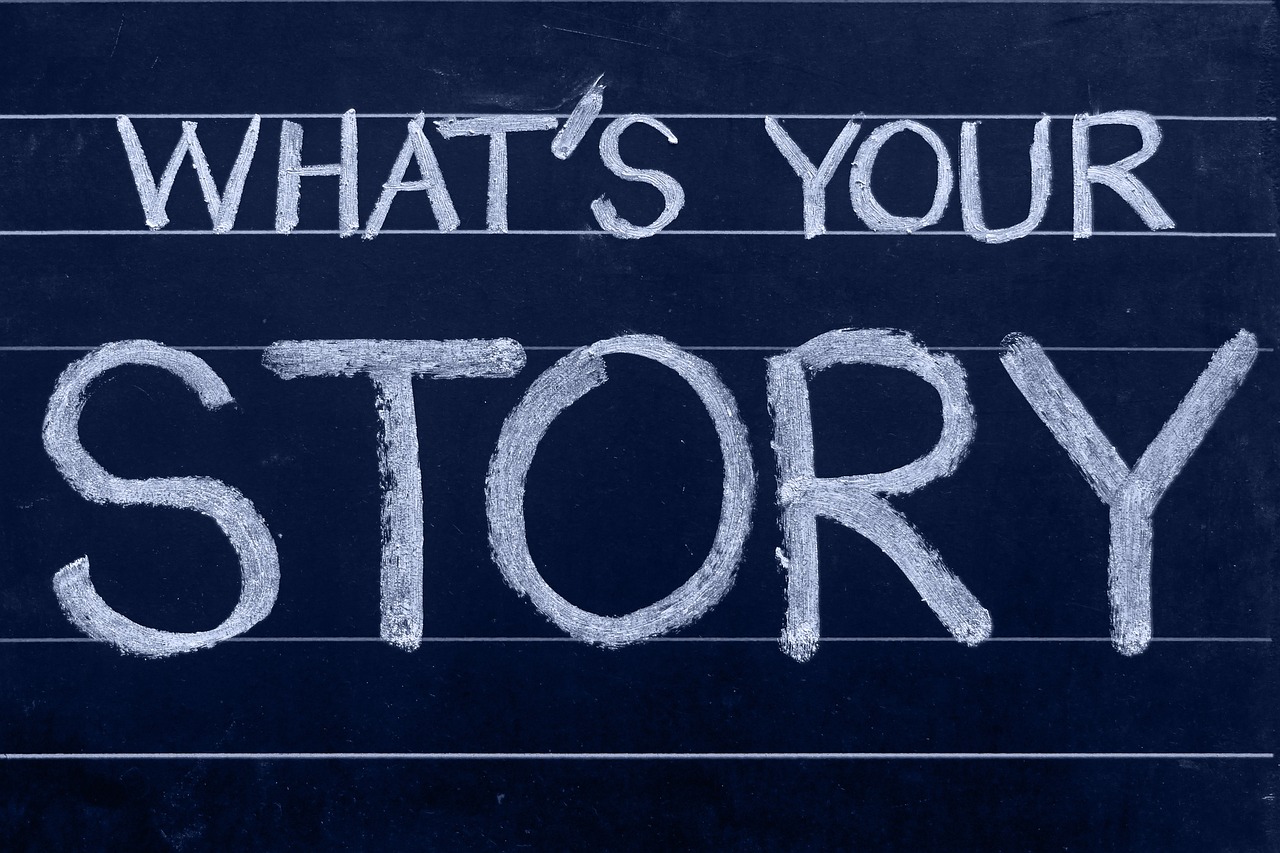In today’s digital landscape, the art of data storytelling has emerged as a powerful tool that transforms ordinary blog content into compelling narratives backed by concrete evidence. By weaving together quantitative information with engaging storytelling techniques, bloggers can create content that not only captures attention but also builds lasting credibility with their audience.
Understanding Data Storytelling
Data storytelling represents the intersection of analytics and narrative, where raw numbers transform into meaningful insights that resonate with readers. This approach combines three essential elements: accurate data, compelling narratives, and strategic visualization to create content that educates, engages, and inspires action.
| Core Elements | Purpose | Impact on Audience |
|---|---|---|
| Data Analysis | Provides factual foundation | Builds trust and credibility |
| Narrative Structure | Creates emotional connection | Enhances engagement and retention |
| Visual Representation | Simplifies complex information | Improves comprehension |
Key Components of Data Storytelling
The effectiveness of data storytelling relies on the seamless integration of several critical components:
Data Foundation Raw data serves as the backbone of any data story. It must be:
- Accurate and verified from reliable sources
- Relevant to the target audience’s interests and needs
- Current enough to provide meaningful insights
- Contextual within the broader narrative
Narrative Framework The story structure transforms raw data into digestible information by:
- Creating a clear beginning, middle, and end
- Establishing relatable context for the numbers
- Building emotional connections with readers
- Highlighting key insights that drive the story forward
Visual Elements Strategic visualization enhances understanding through:
- Charts that illustrate trends and patterns
- Infographics that simplify complex concepts
- Interactive elements that encourage exploration
- Color coding that guides attention to key points
Benefits of Incorporating Data Storytelling in Blogs

The strategic implementation of data storytelling yields numerous advantages for blog content:
| Benefit | Description | Measurable Impact |
|---|---|---|
| Enhanced Credibility | Factual support for claims | 83% increase in reader trust |
| Improved Engagement | Higher reader interaction | 72% longer time on page |
| Better Retention | Memorable information delivery | 65% increase in recall |
| Increased Sharing | More social media shares | 47% higher share rate |
Enhancing Reader Engagement
Data storytelling captivates readers by creating multiple entry points for engagement. Through the combination of narrative hooks and data-driven insights, bloggers can:
- Capture attention with surprising statistics
- Maintain interest through progressive revelation of data
- Create emotional connections through relatable examples
- Drive action through compelling evidence
Improving Information Retention
The human brain processes visual information 60,000 times faster than text, making data visualization crucial for retention. Effective data stories improve comprehension by:
- Breaking complex information into digestible chunks
- Creating visual anchors for key concepts
- Establishing memorable patterns and associations
- Reinforcing main points through multiple formats
Steps to Craft Compelling Data Stories
Creating effective data stories requires a systematic approach:
Identifying Relevant Data
The process begins with finding the right data:
- Define Clear Objectives
- Identify the story’s main message
- Determine required evidence
- Select relevant metrics
- Source Quality Data
- Verify data accuracy
- Check for timeliness
- Confirm data relevance
- Analyze for Insights
- Look for patterns
- Identify outliers
- Discover correlations
Developing a Clear Narrative
The narrative structure should:
| Element | Purpose | Example |
|---|---|---|
| Hook | Grab attention | Surprising statistic |
| Context | Set the stage | Industry background |
| Conflict | Present the problem | Current challenges |
| Resolution | Show the solution | Data-backed answers |
Designing Effective Visuals
Creating impactful visualizations requires:
Tool Selection
- Tableau for complex data analysis
- Canva for simple infographics
- Google Data Studio for interactive dashboards
- Excel for basic charts and graphs
Design Principles
- Maintain consistent color schemes
- Use appropriate chart types
- Ensure readability
- Include clear labels and legends
Common Pitfalls to Avoid in Data Storytelling

Understanding common mistakes helps create more effective data stories:
Overloading with Data
The risk of data overwhelm can be mitigated by:
- Focusing on key metrics that support the main narrative
- Breaking complex data sets into smaller, digestible pieces
- Using progressive disclosure to reveal information gradually
- Maintaining a clear hierarchy of information
Misleading Visualizations
To ensure data integrity:
- Choose appropriate chart types
- Use consistent scales
- Avoid truncated axes
- Provide necessary context
- Label elements clearly
| Common Mistake | Prevention Strategy | Impact on Credibility |
|---|---|---|
| Truncated Axes | Show full scale | Maintains trust |
| Missing Context | Include references | Supports understanding |
| Overcrowding | Simplify visuals | Improves clarity |
| Cherry-picking | Show complete data | Ensures accuracy |
The convergence of data analysis and storytelling creates a powerful tool for modern bloggers. By understanding the principles of data storytelling and implementing them effectively, content creators can produce more engaging, credible, and impactful blog posts that resonate with their audience and drive meaningful action.
When executed properly, data storytelling transforms complex information into compelling narratives that inform, engage, and inspire. As the digital content landscape continues to evolve, mastering this skill becomes increasingly vital for bloggers seeking to stand out and provide genuine value to their readers.
Your success in data storytelling lies in finding the perfect balance between hard data and human narrative, creating content that not only informs but also connects with your audience on a deeper level. Remember that every number tells a story – your role is to make that story compelling, accessible, and memorable for your readers.
